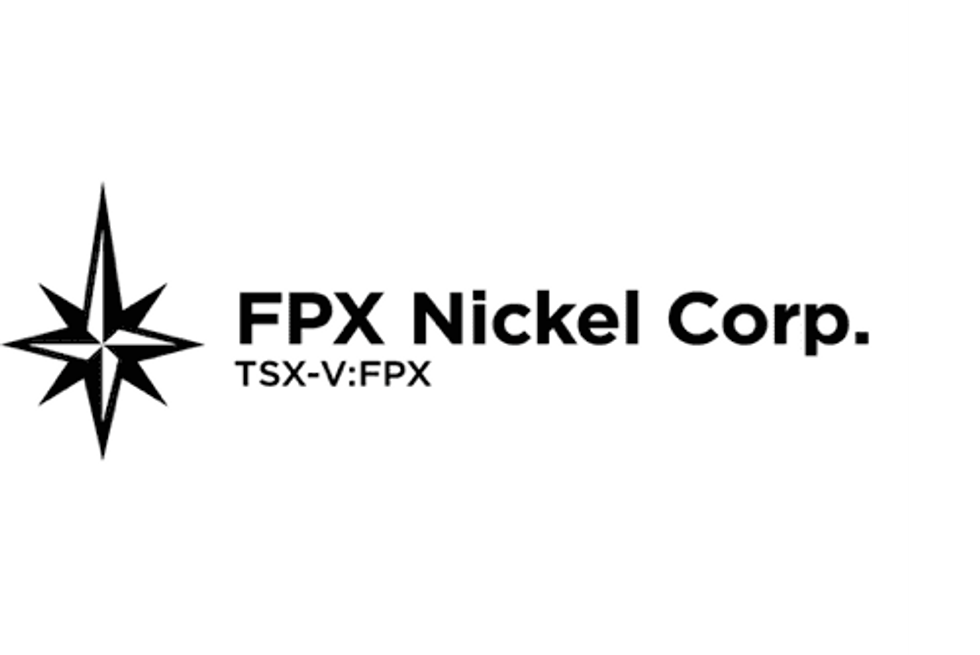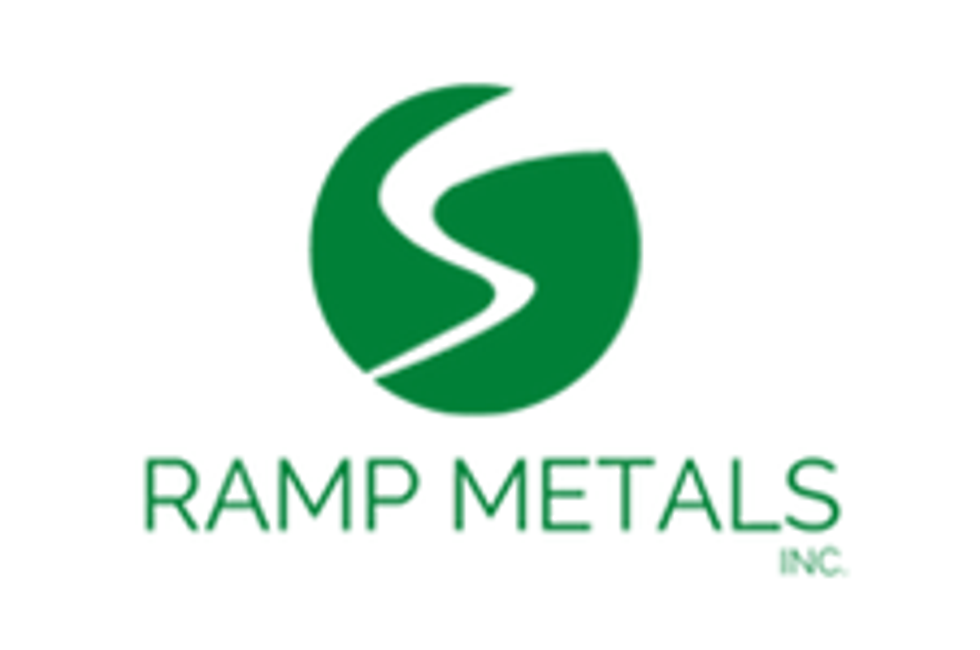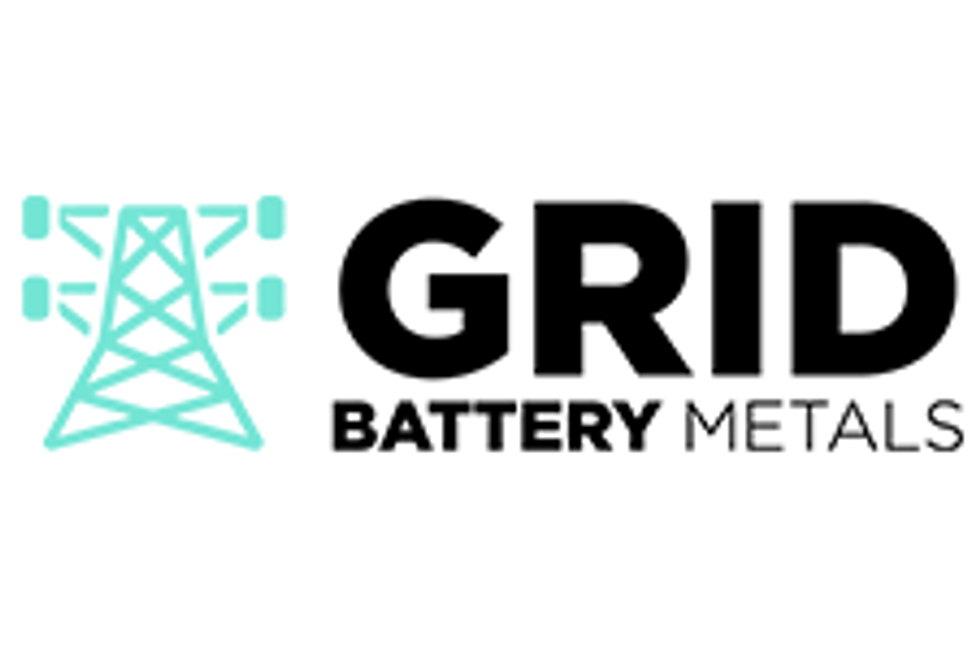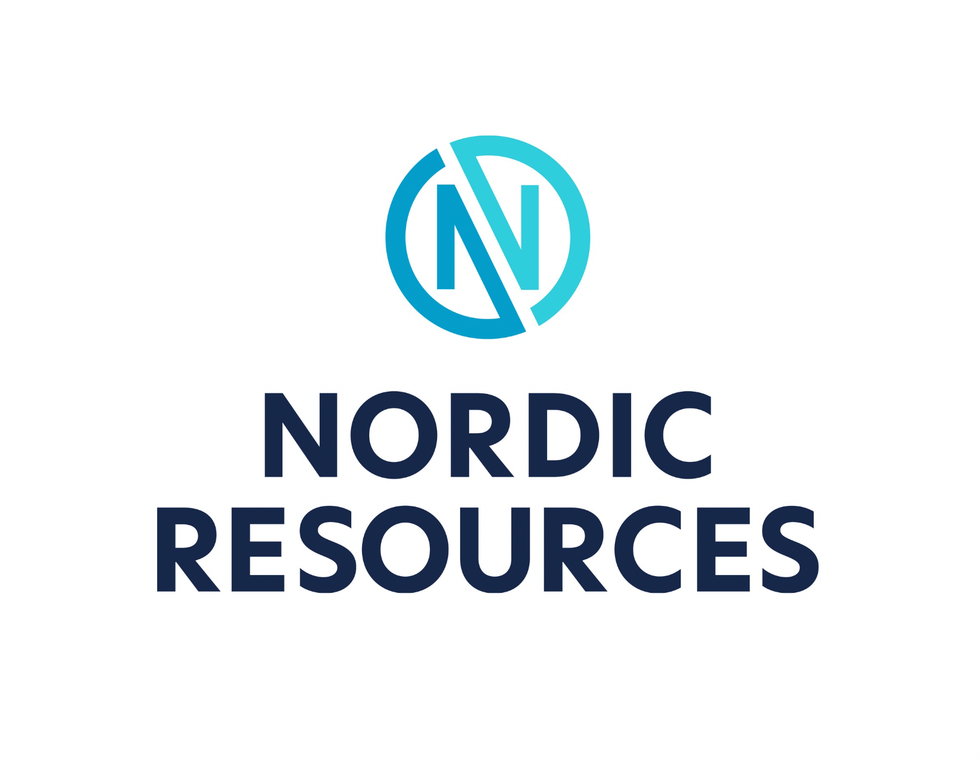Experts: Tesla’s Battery Day to Reveal New Tech, Future Challenges

As Tesla’s Battery Day approaches, INN spoke with experts who shared their thoughts on what could be unveiled at the event.
September is shaping up to be a busy month for battery metals-focused investors, with expectations building up around Tesla’s (NASDAQ:TSLA) long-awaited Battery Day.
Tesla is only one part of the electric vehicle (EV) and energy revolution story, but considering the Elon Musk-led company’s track record, paying attention to its announcements could shed some light on what the future may hold for the industry — both in innovation and challenges.
The Investing News Network (INN) reached out to EV and battery raw materials experts and analysts to find out what they expect from Tesla’s event.
Expectations on battery technology breakthroughs
There are multiple reasons why investors should care about Battery Day, but for Benchmark Mineral Intelligence’s Simon Moores, the first thing market watchers need to understand is that lithium-ion batteries are the number one differentiating factor for EVs.
“We don’t believe investors have yet priced in the importance of owning major battery capacity and truly understanding battery chemistry,” he told INN via email ahead of the event. “Automakers need to keep their costs consistently below $100/kWh. This can be achieved by controlling the production process and by managing the raw material price volatility.”
For Moores, incremental improvements of 3 to 5 percent over six or seven areas in both cell manufacturing and cell chemistry will add up to a significant jump forward.
Sharing his expectations, Jose Lazuen of Roskill said the most likely scenario is either the unveiling of a new battery concept like solid state, which could take five to 10 years to materialize, or a more immediate battery breakthrough using existing raw materials, but radically extending service life.
“This last scenario is the most probable as Tesla and Jeff Dahn have been extensively working on new electrolyte formulations to precisely extend the life of batteries beyond the ‘million miles,'” he told INN.
“This could also have tremendous implications for battery raw materials as batteries could take longer to be recycled and less raw materials would be required for EV battery replacements or future energy storage system (ESS) projects.”
Meanwhile, RK Equity’s Rodney Hooper is expecting Tesla to confirm the ability to produce its own cells in-house, saying the company is likely to release two different in-house cells: the single crystal cathode million-mile battery and the Maxwell dry cell electrode battery.
“Should Tesla confirm the dry cell has an energy density of 300 Wh/kg and can be produced at US$100/kWh or less at a pack level, this is a huge breakthrough for the competitiveness of EVs vs. internal combustion engine vehicles,” he said.
“It also means that in addition to the new Tesla gigafactories due in 2021, the company will be in a position to launch a mass-market (US$25,000) EV in two to three years — in other words, we could see increased EV demand sooner rather than later.”
Moores also expects Tesla to showcase that it understands that keeping the cost of these cells below $100/kWh is all about raw material management, especially lithium and nickel.
“Tesla introduced a mind-boggling scale to the lithium-ion industry when it launched the Gigafactory plan back in 2014 and made it work against all industry expectations ― we are expecting similar-sized quantum leaps for the battery and EV industry on September 22,” he added.
Moores further explained that no automaker has yet properly integrated lithium-ion battery making and raw material sourcing into its culture as a company.
“Six years after (opening Gigafactory 1), Battery Day (will be) Tesla’s coming of age as an integrated EV and battery maker,” Moores said.
Benchmark Mineral Intelligence, which will host its own event on September 23 after Tesla’s Battery Day, expects the US-based company to unveil the first ever American-made lithium-ion battery cell for an EV.
Expectations on battery cell production and capacity
Battery cell production is another potential announcement during the event. Roskill’s Lazuen said that while Tesla has not produced its own battery cells yet, it is very likely that it will at some point compete with the likes of CATL (SZSE:300750) and LG Chem (OTC Pink:LGCLF,KRX:003550).
Last year, Tesla acquired Maxwell Technologies, an ultra-capacitor manufacturer and battery tech company, for over US$200 million, prompting speculation on how it would take advantage of the move.
“There are rumors that point at Tesla developing battery cells at its Fremont plant using Maxwell technology,” Lazuen said. “I don’t think Tesla will immediately mass produce battery cells, but Tesla has clearly shown that it is a very innovative company capable of scaling up operations, as shown at Shanghai’s and Berlin’s Gigafactories.”
Meanwhile, Moores said he expects Tesla to show how far it has come in truly understanding the lithium-ion battery, with the expert expecting to hear about the company’s new production process, which includes the Maxwell acquisition, and additional innovations in physical manufacturing and chemistry.
“We expect they will showcase a new way of producing lithium ion battery cells — and not just about integrating the Maxwell process,” he said to INN. “We anticipate further innovations on manufacturing in addition to this.”
The expert expects Tesla will already have a large-scale pilot plant up and running in Fremont that will be bigger than many expect and commercial scale.
“This will then be the blueprint for the Gigafactory in Austin, which we at Benchmark expect will scale to 55GWh by 2029; however, Tesla will want to get to 70 to 100 GWh by that point,” he added.
Commenting on potential battery capacity expansions at large, Hooper said these announcements have become meaningless unless expansions can clearly demonstrate security of future raw material supply.
“The same rules apply to Tesla, especially if they are targeting 1,000 GWh of their own capacity by 2030. Investors should be paying attention as to how Tesla is ensuring they have sufficient raw materials to meet their goals and then which companies can produce these materials in a sustainable way.”
Tesla’s main challenges after Battery Day
Whatever announcements Tesla makes on Battery Day, they will face challenges becoming a reality.
As Roskill’s Lazuen explained, most news about “breakthroughs” has never materialized, and every single nickel-cobalt-manganese (NCM) transition towards higher-nickel-content cathodes, such as NCM 811, are still presenting significant production problems, both at cathode level and system integration level.
“Investors already know this, and Tesla must convince them that any timeline it sets is realistic,” he said. “By realistic, I mean not only for its battery projects, but also for other ambitious projects like the Tesla semi, robo-taxis, ESS battery business, solar panels etc.”
On the other hand, if Tesla’s plans become a reality, the decline of the traditional auto and energy industries will occur even faster, with the world quickly transitioning to clean and autonomous transport — meaning fewer cars sold on a unit basis, powered by renewable energy, he added.
For Hooper, a real challenge for Tesla will be getting cell/pack costs down once all efficiencies have been exploited, and material costs make up a large majority.
“In my opinion, achieving long-term pack costs of US$60 to US$80 kWh is only possible if you have control over your battery raw material costs. That doesn’t have to mean mine ownership/management, but it does mean much more integration and cost controls along the supply chain.”
Moores also emphasized the need to secure raw materials, saying raw material availability should raise alarm bells for Tesla considering its rapid Gigafactory expansions in Berlin, Shanghai and Austin.
“Unlike when the Gigafactory 1 in Nevada started, we now have 167 additional gigafactories or battery megafactories competing for the same raw material,” Moores said.
Tesla’s sway of industrial power has diminished somewhat compared to 2014 when it opened its first Gigafactory, both with competition from new battery plants being established and a lack of new raw materials in the pipeline that will be available, Moores explained.
“Lithium, nickel and cobalt should be in the headlights. Both quantity and quality will be Tesla’s biggest hurdles to get right, while graphite anode and manganese will also come with their own sourcing challenges,” he said. “There is no doubt now that regardless of how well Tesla’s vehicles continue to sell, raw material availability will be the primary slowing factor on the company scaling.”
Don’t forget to follow us @INN_Resource for real-time updates!
Securities Disclosure: I, Priscila Barrera, hold no direct investment interest in any company mentioned in this article.
Editorial Disclosure: The Investing News Network does not guarantee the accuracy or thoroughness of the information reported in the interviews it conducts. The opinions expressed in these interviews do not reflect the opinions of the Investing News Network and do not constitute investment advice. All readers are encouraged to perform their own due diligence.





